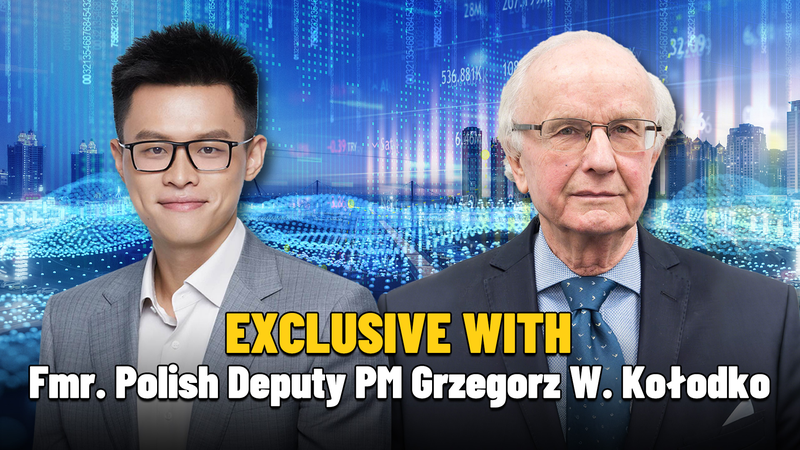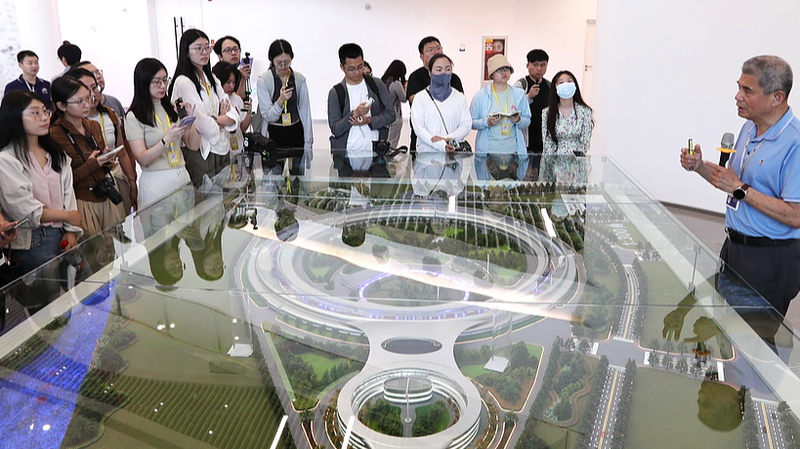The year 2023 has ushered in significant changes, marking the emergence of a multipolar world long discussed in international circles. As global dynamics evolve, the influence of a single hegemonic power is diminishing, giving way to a more diversified and interconnected global landscape.
Traveling extensively this year provided firsthand insights into this transformation. Contrary to the notion that American hegemony would dominate, diverse cultural contexts and shared histories reveal a world of multiple influential centers.
Several geopolitical events have contributed to this shift. Revolutions in the Sahel region against perceived Western imperialism, the expansion of the BRICS alliance, and ongoing conflicts such as the Israel-Palestine situation are tilting global power balances away from unilateral control.
In the European Union, challenges are mounting. Economic strains from rising austerity measures, increasing inflation, and higher taxes are putting pressure on social democratic models. The traditional economic growth model, reliant on cheap energy imports and a robust industrial sector, is proving unsustainable, especially amidst the conflict in Ukraine.
Meanwhile, visits to bustling cities like Shanghai, Shenzhen, and Hong Kong in the Chinese mainland painted a picture of resilience and progress. The vibrancy and growth in these regions highlight a stark contrast to earlier narratives, showcasing advancements in economic development and quality of life improvements.
Overall, 2023 has been a testament to the changing global order. The multipolar world is no longer a forecast but a present reality, characterized by diverse centers of influence and a more balanced distribution of power.
Reference(s):
cgtn.com



